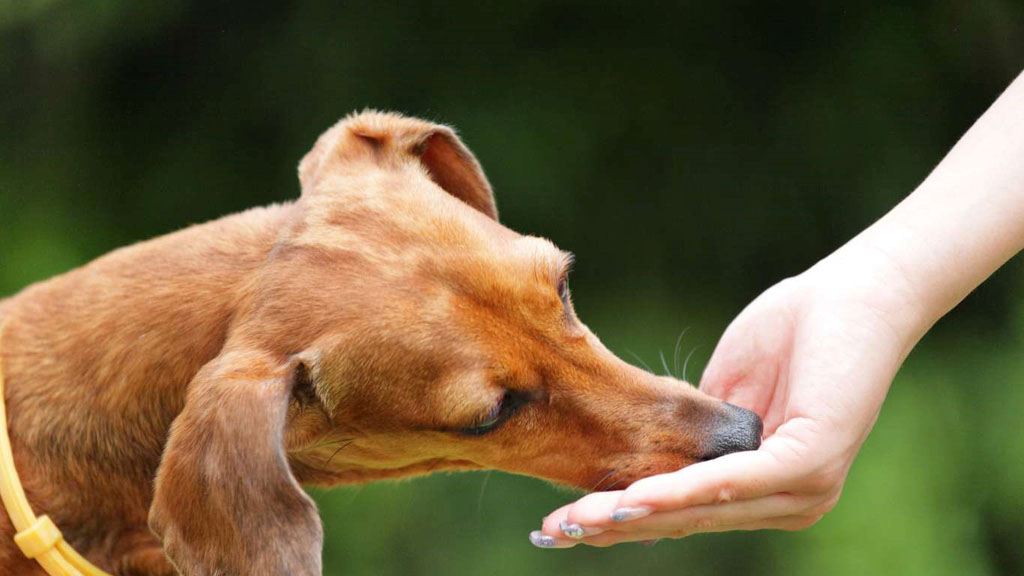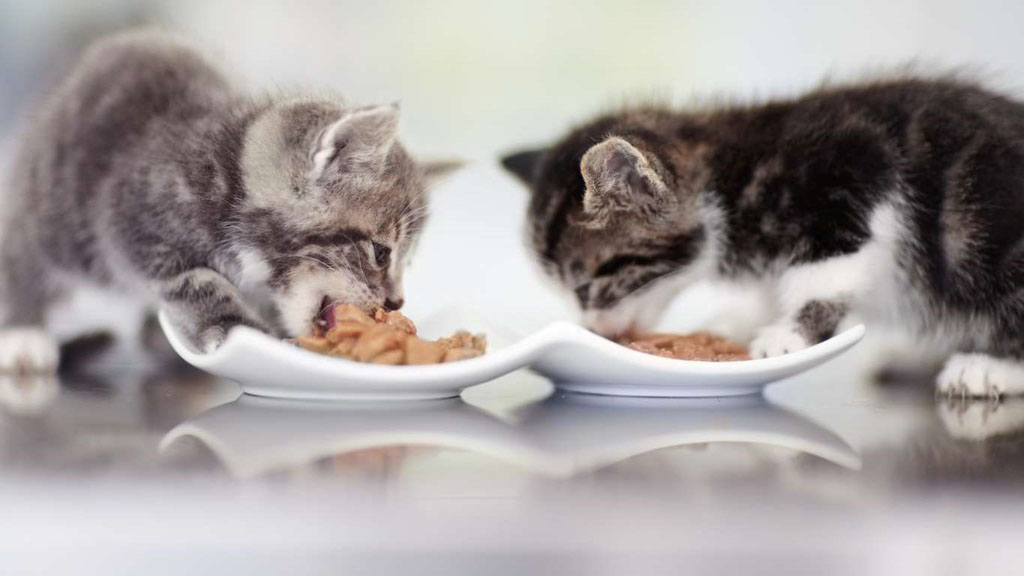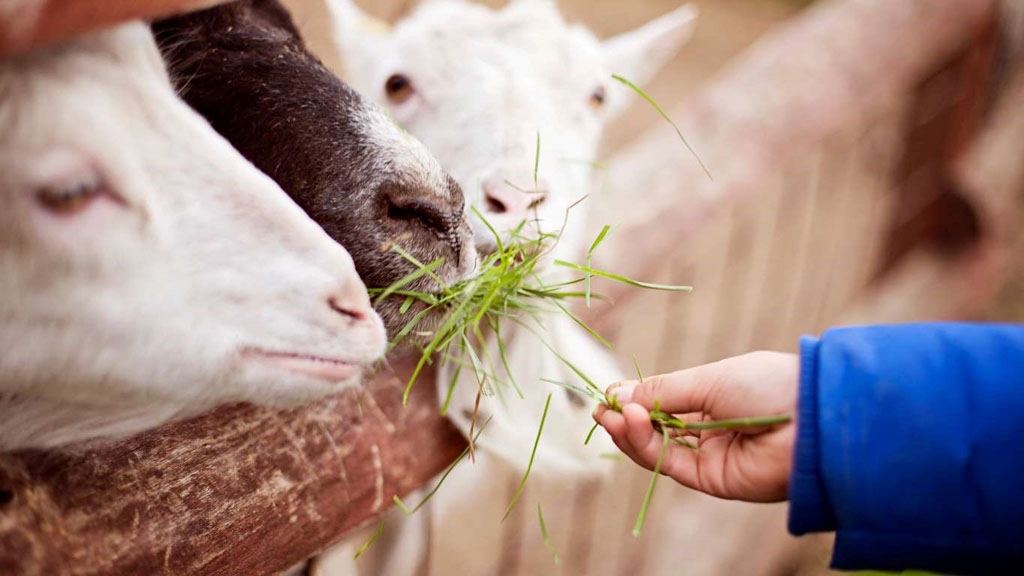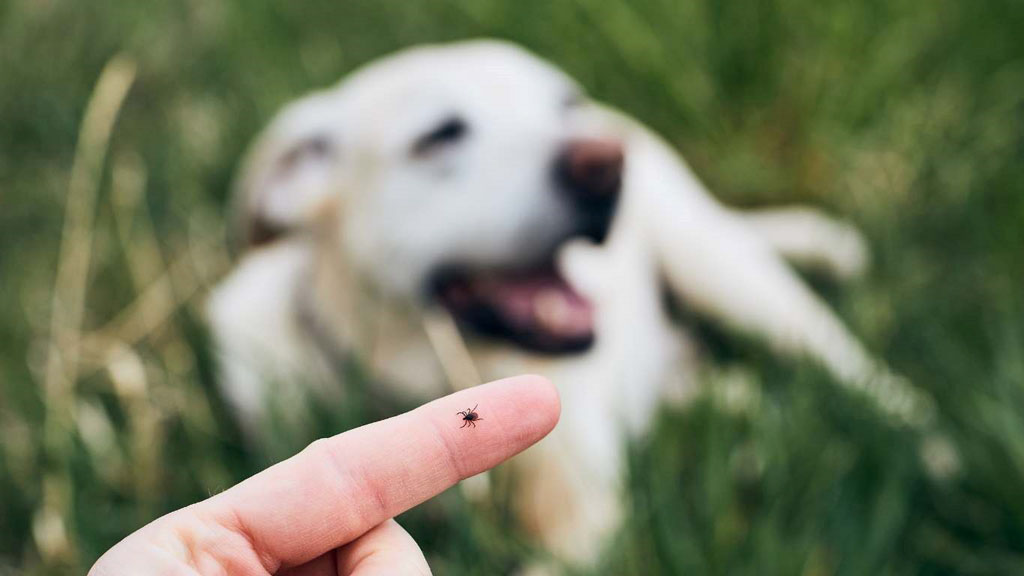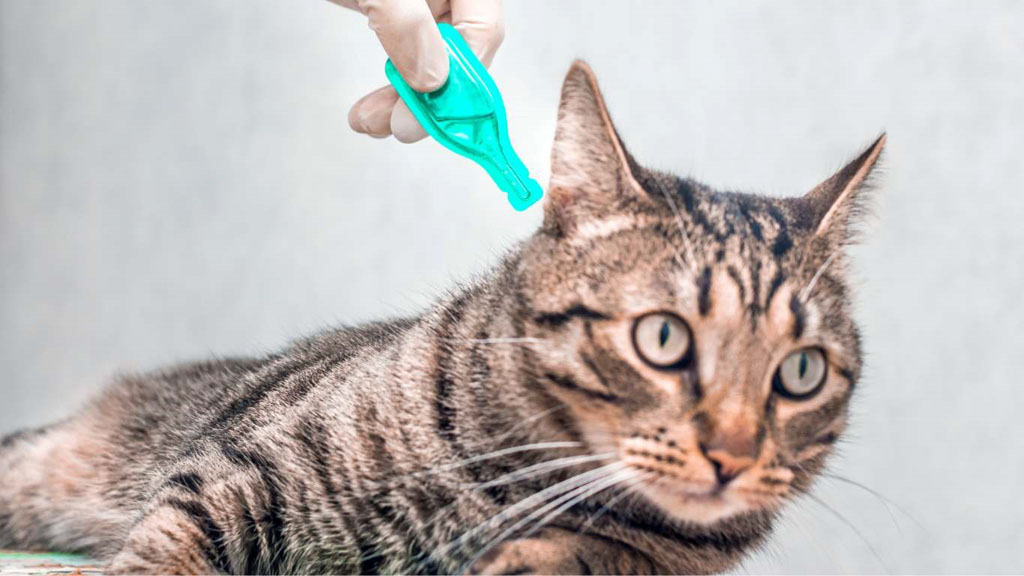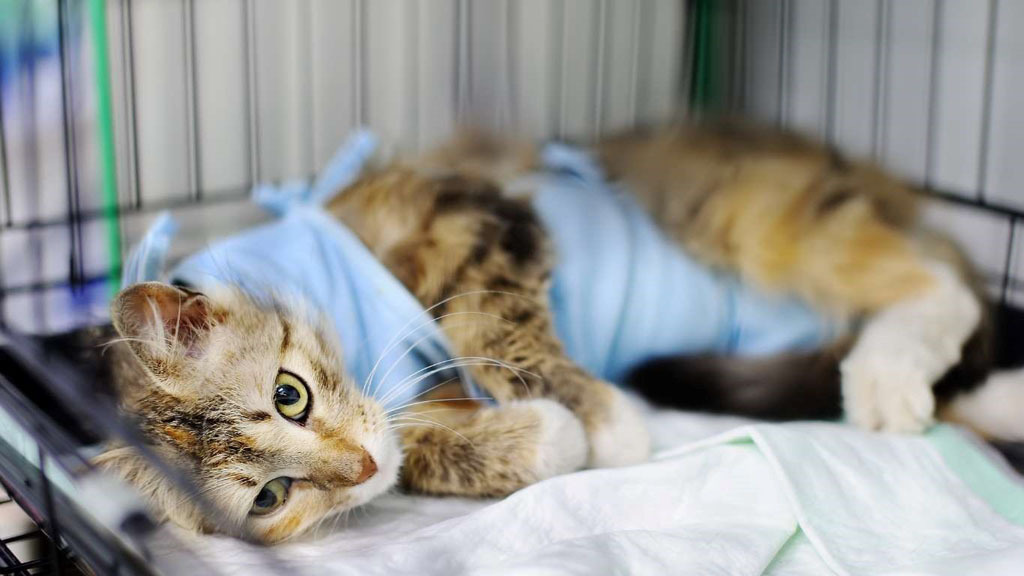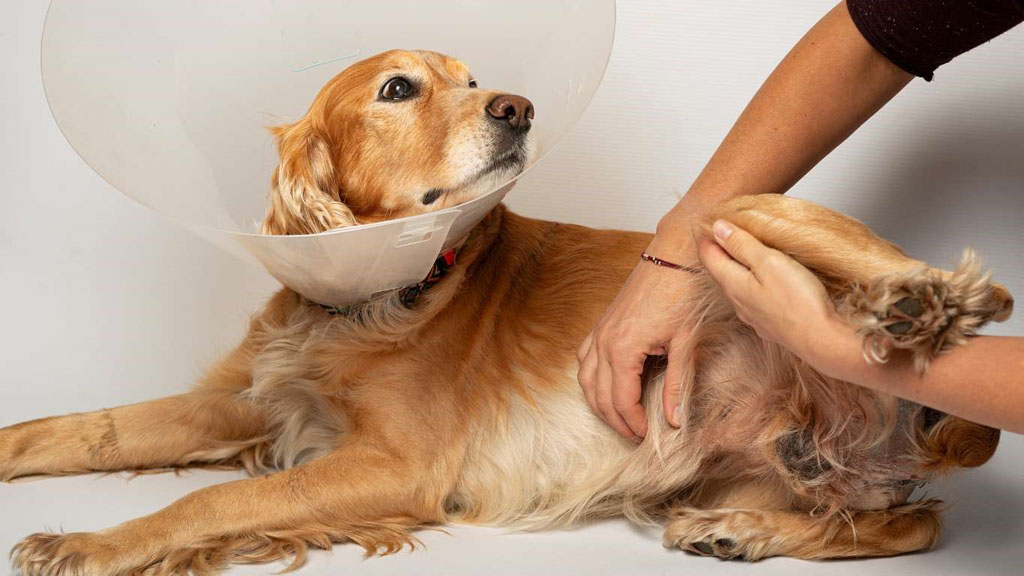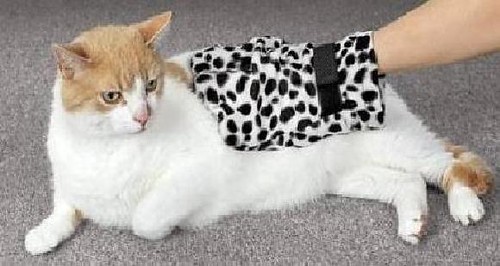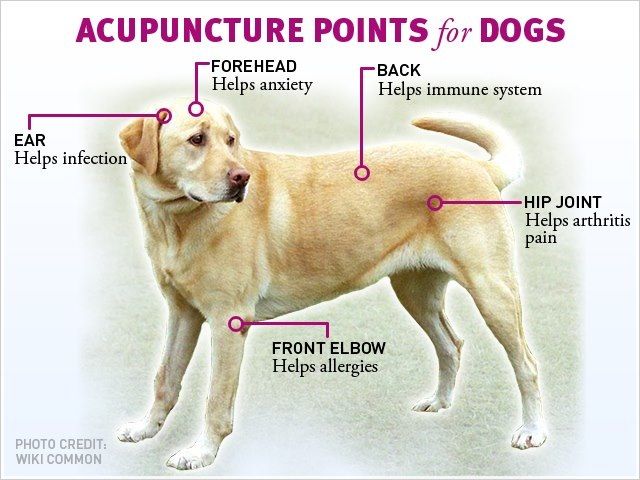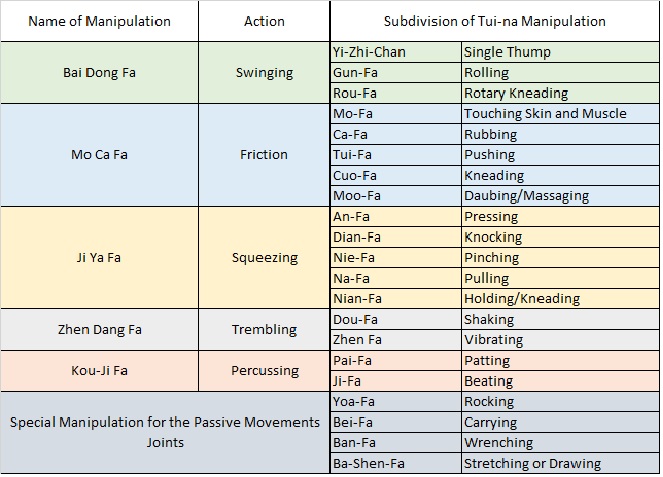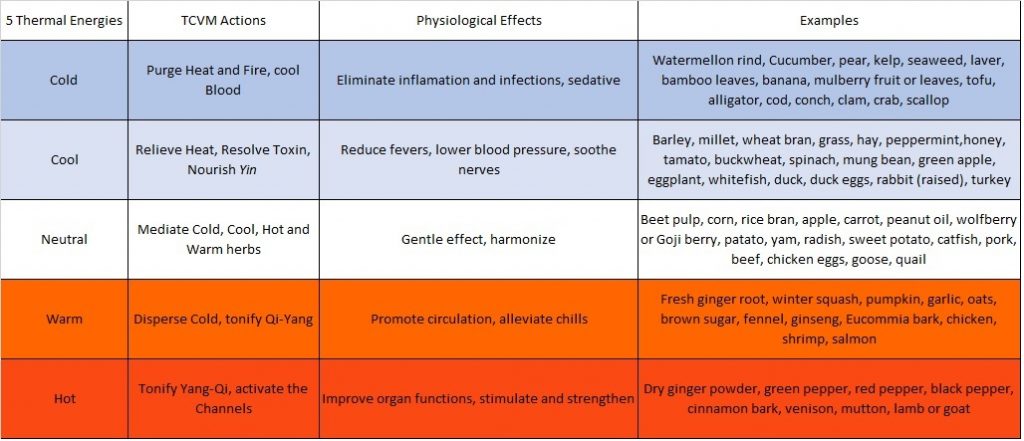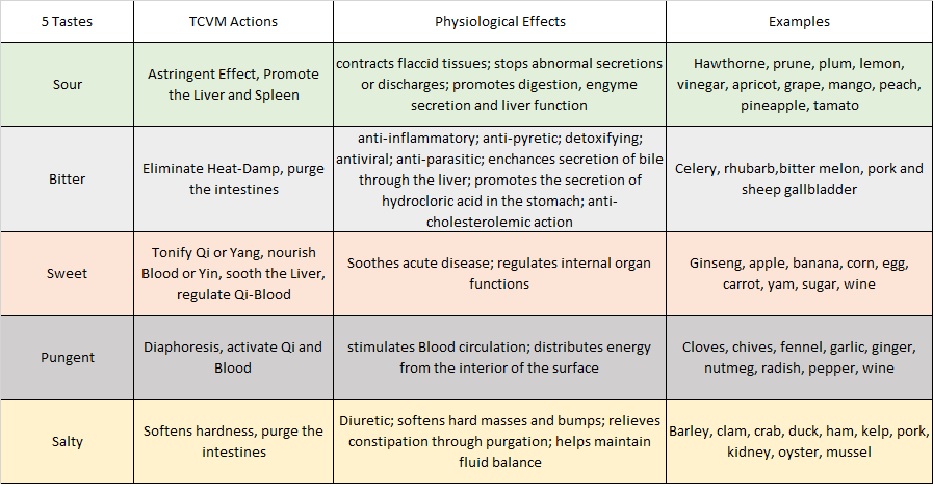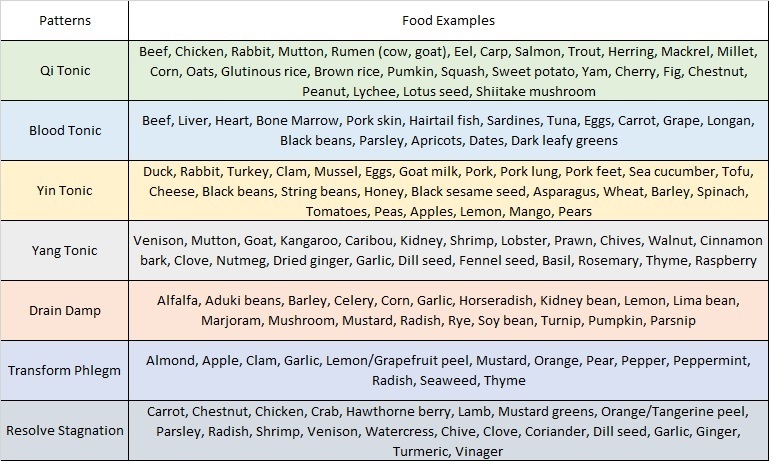
Nutritional Counselling
Nutritional Counselling
Optimize Your Pet’s Health with Nutritional Counseling at Animal Qi: Expert Guidance for a Happier, Healthier Furry Companion!
Discover the benefits of personalized nutritional counseling for your pet, tailored to their unique needs and circumstances by our experienced veterinary professionals.
Learn More
Frequently Asked Questions
At Animal Qi, we believe that a well-balanced, nutritious diet is essential for your pet’s overall health and well-being. Our team of dedicated veterinary professionals is committed to providing expert nutritional counseling services, helping you make informed decisions about your pet’s dietary needs and ensuring they receive the right nutrients for a happier, healthier life.
What is Nutritional Counseling?
Nutritional counseling at Animal Qi involves a comprehensive assessment of your pet’s overall health, lifestyle, and dietary requirements. Our experienced veterinary professionals will work with you to develop a personalized nutrition plan tailored to your pet’s unique needs and circumstances, considering factors such as their age, breed, weight, activity level, and any existing health conditions.
Why Pets Might Need Nutritional Counseling?
Pets may require nutritional counseling for various reasons, including:
Life stage requirements: Puppies, kittens, adult pets, and senior animals all have different nutritional needs. Nutritional counseling can help ensure that your pet receives the appropriate diet for their life stage.
Weight management: Overweight and obese pets face numerous health risks, while underweight pets may lack essential nutrients. Nutritional counseling can help you develop a balanced diet and feeding plan to help your pet achieve and maintain a healthy weight.
Food allergies and sensitivities: Pets with food allergies or sensitivities may require specialized diets to avoid triggering adverse reactions. Nutritional counseling can help identify potential allergens and recommend suitable alternatives.
Medical conditions: Pets with certain medical conditions, such as diabetes, kidney disease, or liver issues, may require specialized diets to help manage their health. Nutritional counseling can provide tailored recommendations based on your pet’s specific needs.
Performance and working animals: Pets with high energy demands or specific performance requirements may need specialized diets to ensure optimal health and performance. Nutritional counseling can help develop an appropriate diet for these pets.
Why Choose Animal Qi’s Nutritional Counseling Services?
At Animal Qi, we’re passionate about providing exceptional care for your pets. Here’s what sets us apart:
Expertise
Our team of veterinary professionals is highly knowledgeable about pet nutrition, ensuring your pet receives accurate and up-to-date dietary advice.
Personalised Care
We understand that every pet is unique, and our team works closely with you to develop a customized nutrition plan tailored to your pet’s individual needs and circumstances.
Comprehensive Services
In addition to nutritional counseling, we offer a full range of veterinary services to provide your pet with the best possible care throughout their life.
Comprehensive Support
Our dedicated team at Animal Qi is here to support you and your pet through the nutritional counseling process, providing guidance and reassurance at every step of the way.
Ready to optimize your pet's health through expert nutritional counseling?
Book an appointment with Animal Qi today and let our compassionate team help you make the best dietary choices for your furry companion.
Your pet’s health and happiness are our top priorities at Animal Qi. Our expert nutritional counseling services are designed to help you make informed decisions about your pet’s dietary needs, ensuring they receive the right nutrients for a happier, healthier life. Contact us today to schedule an appointment and give your pet the care and attention they deserve.
FAQ’s
Frequently Asked Questions
How often should I reassess my pet's nutritional needs?
Can I consult with Animal Qi about my pet's current diet without changing it completely?
How do I know if my pet's current diet is meeting their nutritional needs?
What if my pet is a picky eater or has specific dietary preferences?
Can nutritional counseling help improve my pet's coat condition and overall appearance?
Is nutritional counseling only for pets with health issues or special needs?
How can I transition my pet to a new diet recommended by Animal Qi?
Testimonials
From Our Visitors
Nulla quis lorem ut libero malesuada feugiat. Curabitur arcu erat, accumsan id imperdiet et, porttitor at sem. Vivamus magna justo, lacinia eget consectetur sed, convallis at tellus. Quisque velit nisi, pretium ut lacinia in, elementum id enim. Vivamus magna justo, lacinia eget consectetur sed, convallis at tellus. Mauris blandit eli
Nulla quis lorem ut libero malesuada feugiat. Curabitur arcu erat, accumsan id imperdiet et, porttitor at sem. Vivamus magna justo, lacinia eget consectetur sed, convallis at tellus. Quisque velit nisi, pretium ut lacinia in, elementum id enim. Vivamus magna justo, lacinia eget consectetur sed, convallis at tellus. Mauris blandit eli

